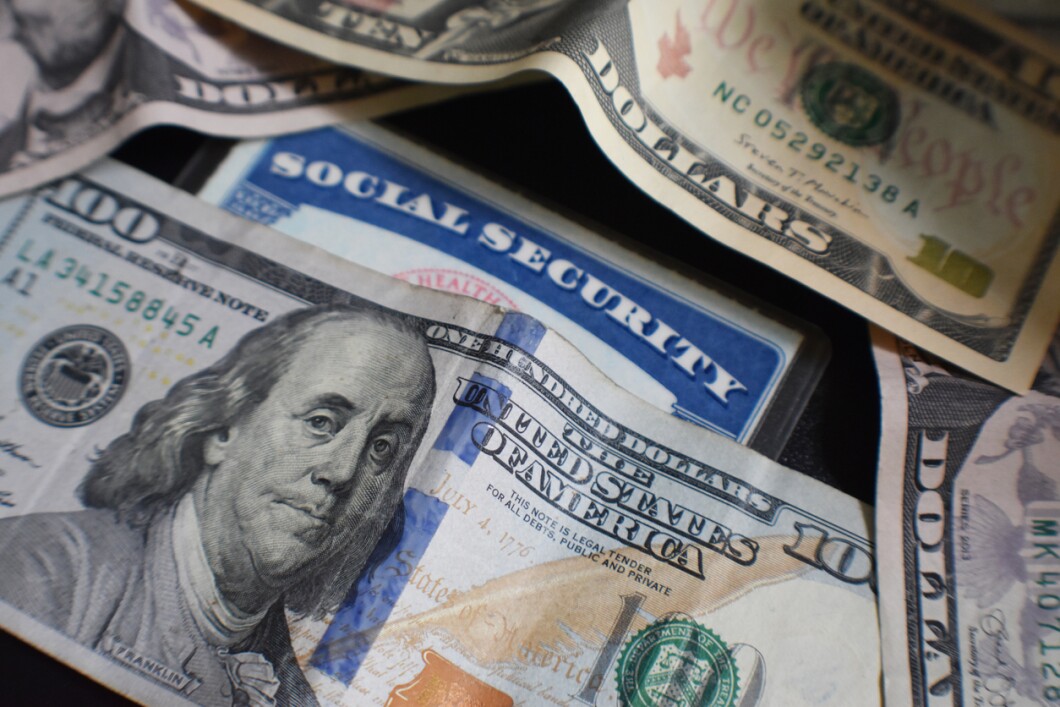
The first of two September payments from the federal Supplemental Security Income program, worth up to $914 for individual filers, will go out to recipients in 19 days, according to the Social Security Administration’s calendar.
The monthly installment will be disbursed on Sept. 1, and it will be the first of two payments for the month. The second payment in September will replace October’s check and will go out on Sept. 29 because Sept. 30 and Oct. 1 are on a weekend this year. The double payment is the result of a scheduling kink in the administration’s schedule.
INFLATION COMPLICATES BIDEN’S PATH BACK TO THE WHITE HOUSE
Recipients usually just get one payment each month, but for four months in 2023, beneficiaries will get two checks because of a quirk in the administration’s calendar. Recipients will get two checks in March, June, September, and December this year. This is because the first of the month falls on a weekend in April, July, and October, and Jan. 1 is always a holiday.
The adjusted schedule ensures that beneficiaries get 12 checks per year because there are no payments in April, July, October, or January.

The amount of money that beneficiaries receive depends on how they apply for the benefits. Eligible couples can receive the highest amount of up to $1,371 every month. Those who file independently can see as much as $914 every month, and essential people who live with and care for people receiving SSI payments get a monthly payment of up to $458, according to the SSA. But not every recipient receives the maximum payout.
In order to qualify for SSI, a person has to be over 65 and meet specific financial requirements. Those under 65 could also qualify if they are at least partially blind or have a physical or mental condition that seriously limits their daily activities for at least one year or is expected to result in death.
Children can also qualify for SSI payments if their parents have limited income or savings and if the children are blind or have other health conditions that severely restrict their activities for at least a year or are expected to result in death.
CLICK HERE TO READ MORE FROM THE WASHINGTON EXAMINER
The SSI payments are separate from regular Social Security retirement payments, which require recipients to be 62 or older in order to receive the checks.
SSI payments began in January 1974, and the payment rates have increased for annual cost-of-living adjustments since 1975, according to the SSA. The COLA increase for 2024 is projected to be approximately 3% based on June’s numbers, but the exact increase will not be released until Oct. 12.





